New RFs 2021 - Space Science Faculty
Research Fellows in Space Science 2021
Eleni Bohacek | Katja Fahrion | Maximilian N. Günther | Laura A. Hayes | Chris Nelson
Quentin Nénon | Anna Francesca Pala | Lucie Riu | Victor See | Jack Wright
- Removed a total of (2) style text-align:center;
Eleni Bohacek
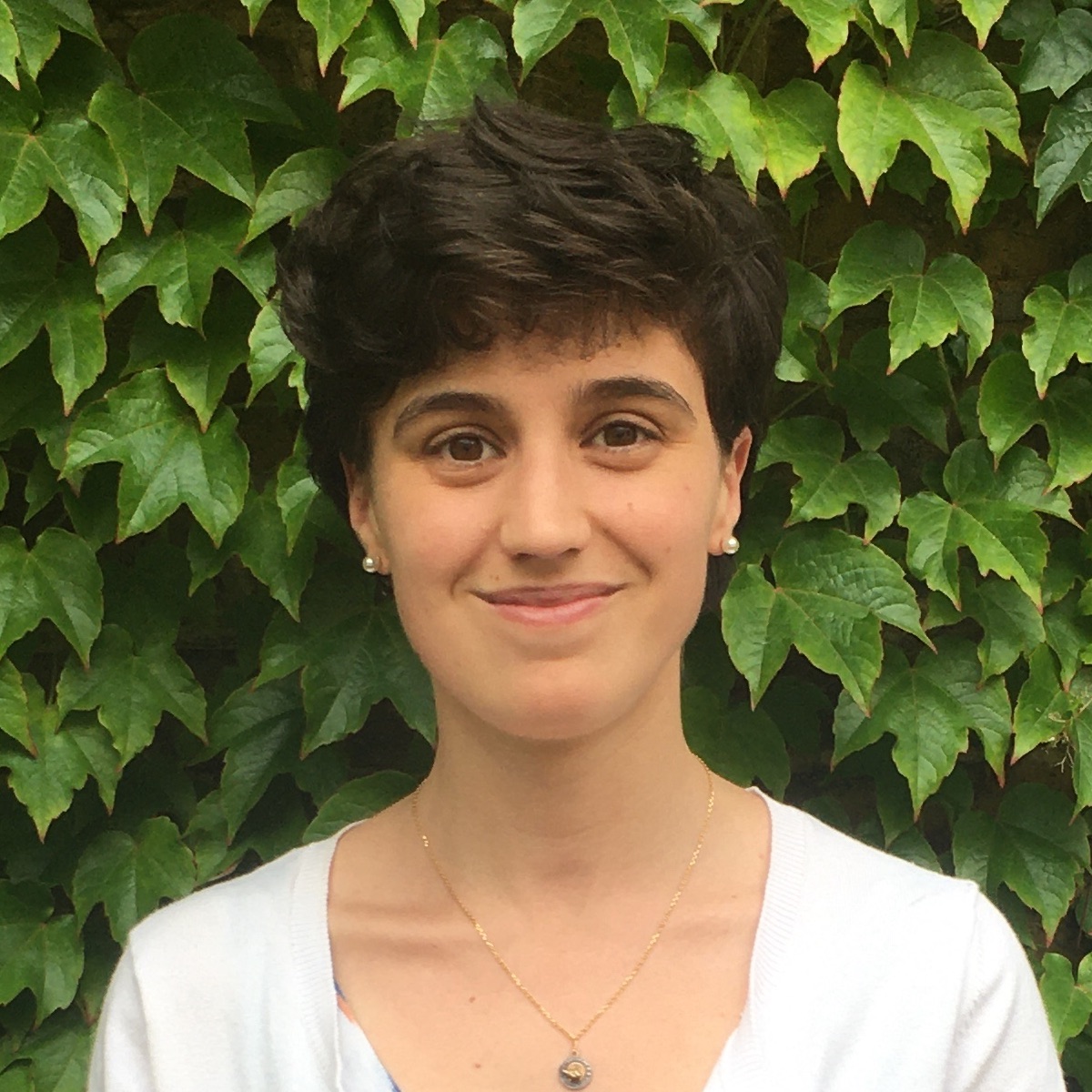
Hosted at ESTEC
- Removed a total of (1) style float:left;
Katja Fahrion
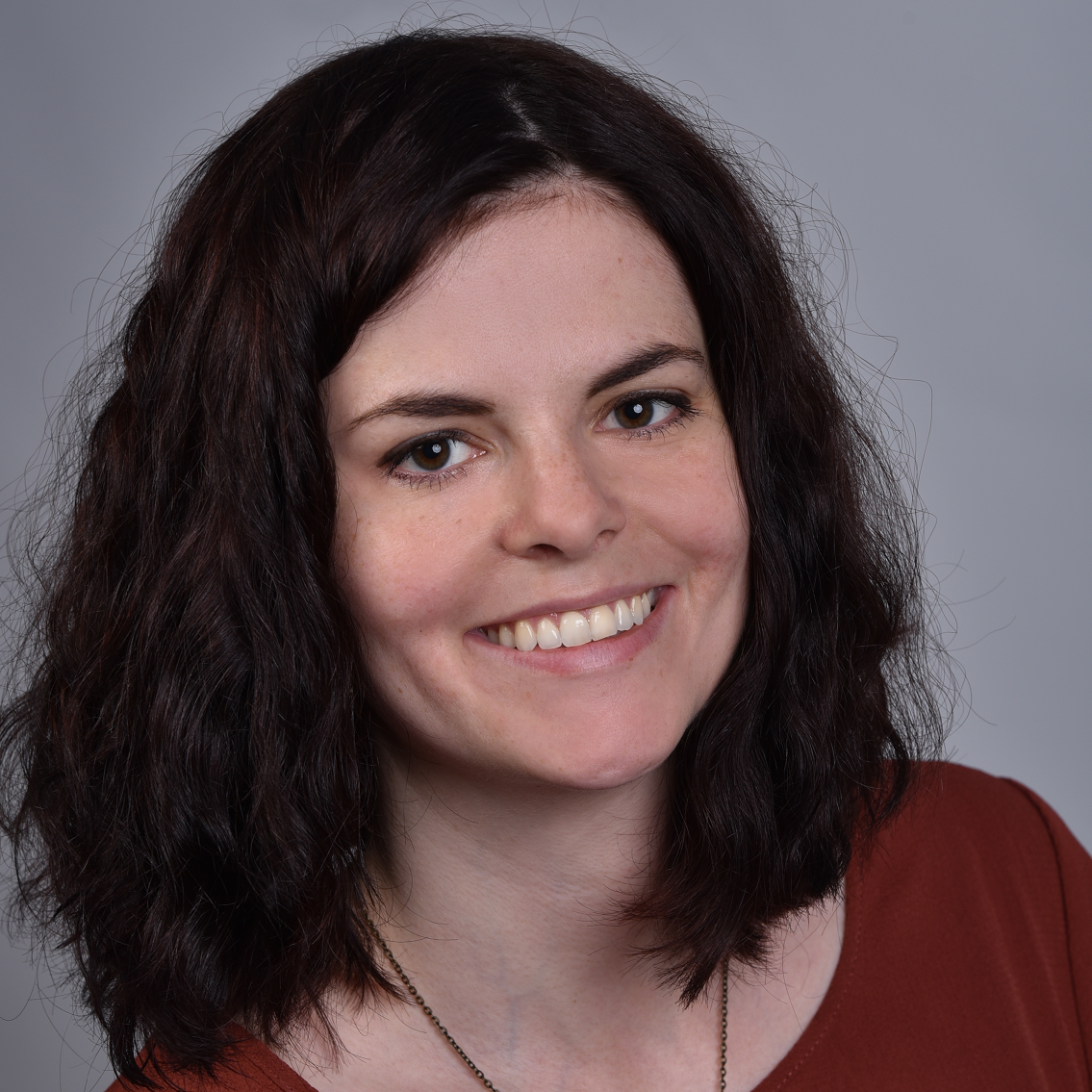
- Removed a total of (1) style text-align:right;
- Removed a total of (1) style float:left;
Maximilian N. Günther
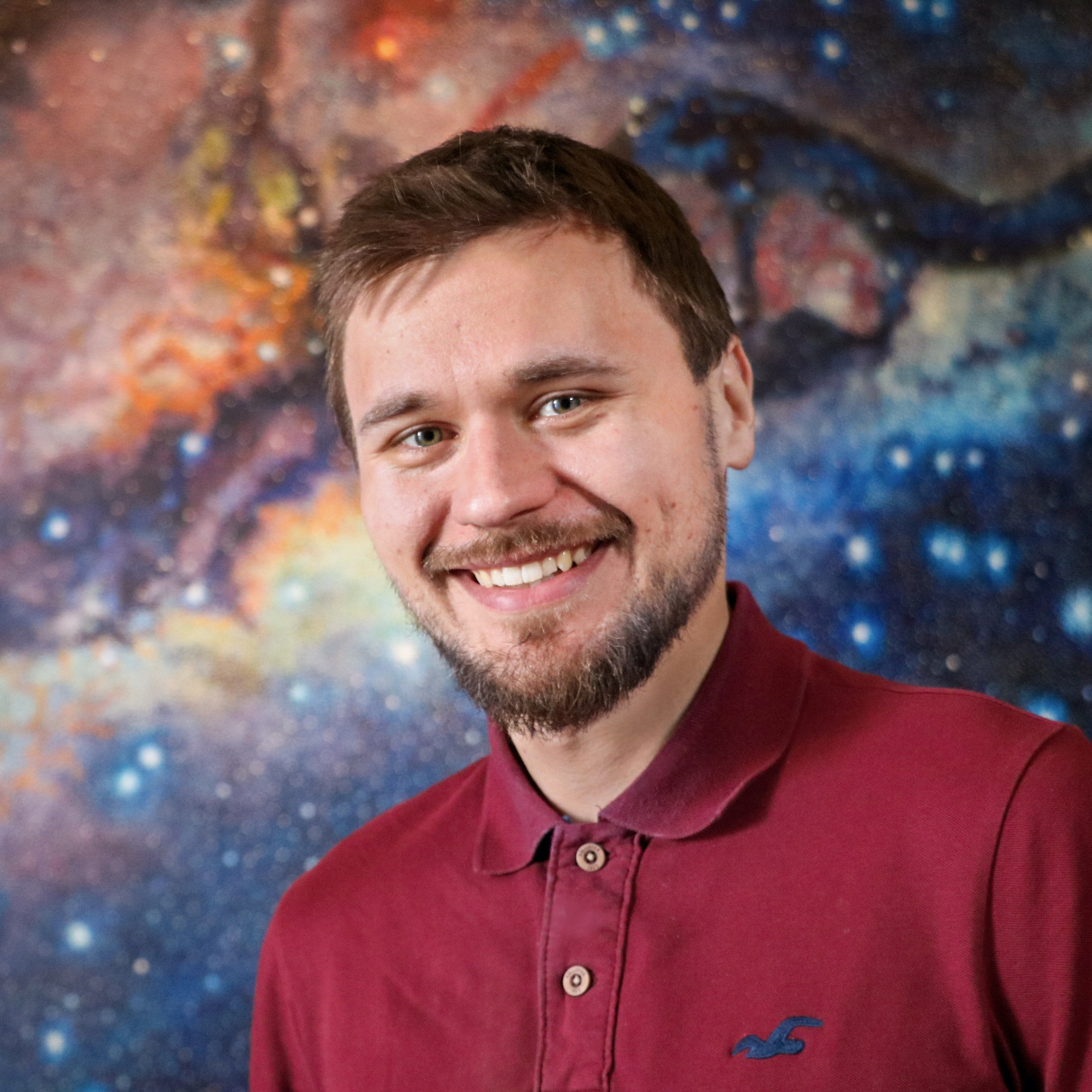
- Removed a total of (5) style text-align:justify;
- Removed a total of (1) style float:left;
Laura A. Hayes
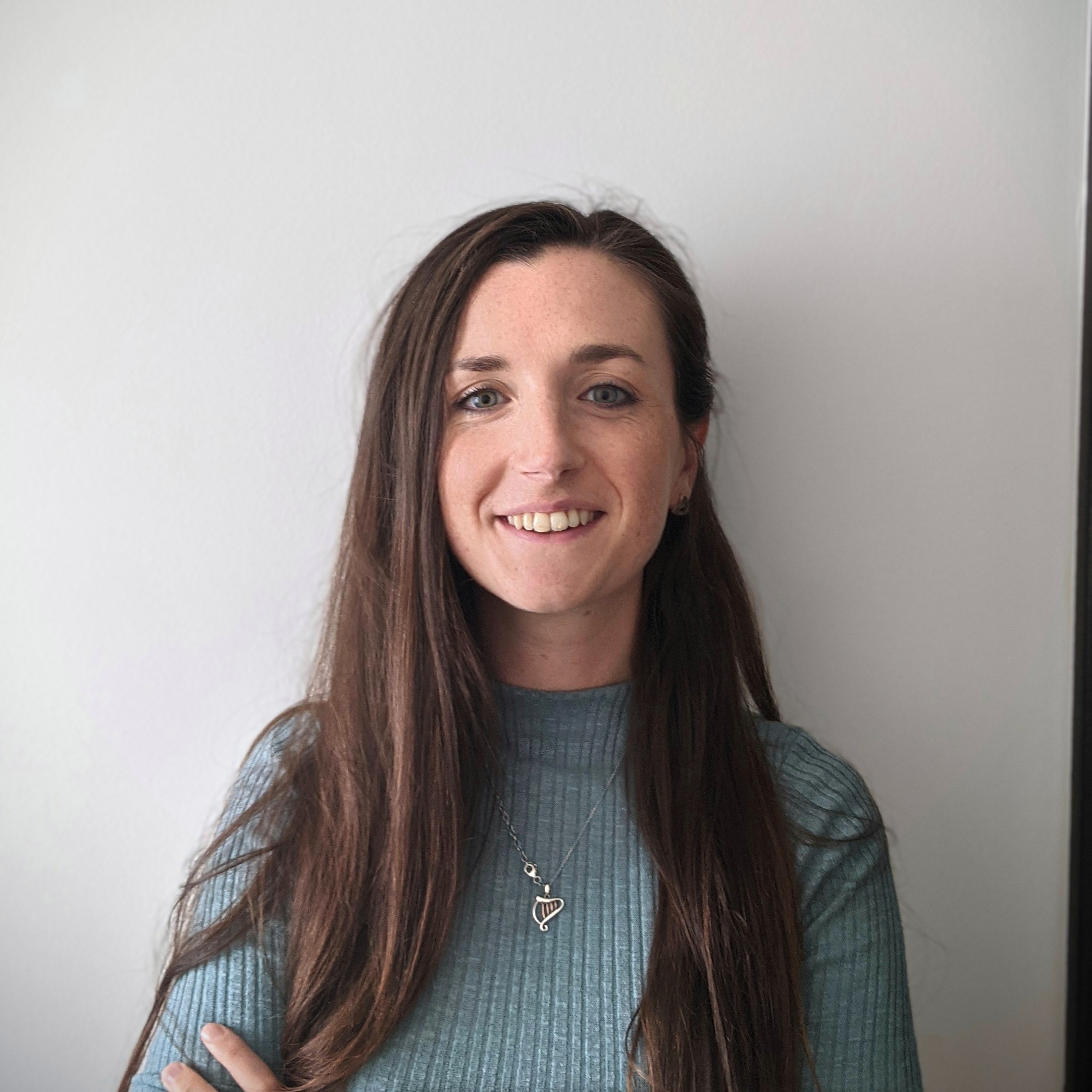
- Removed a total of (1) style float:left;
Chris Nelson
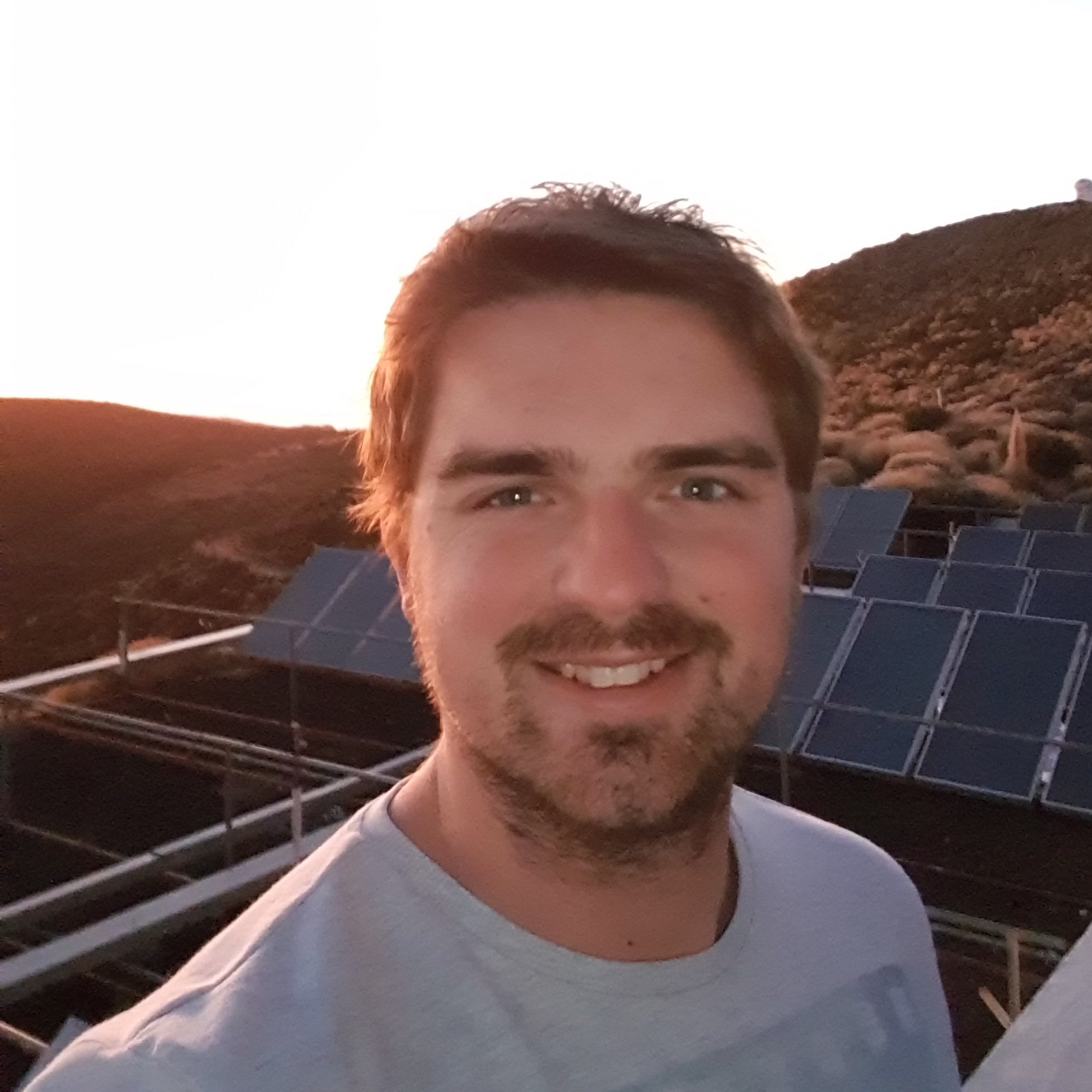
- Removed a total of (1) style float:left;
Quentin Nénon

- Removed a total of (1) style float:left;
Anna Francesca Pala
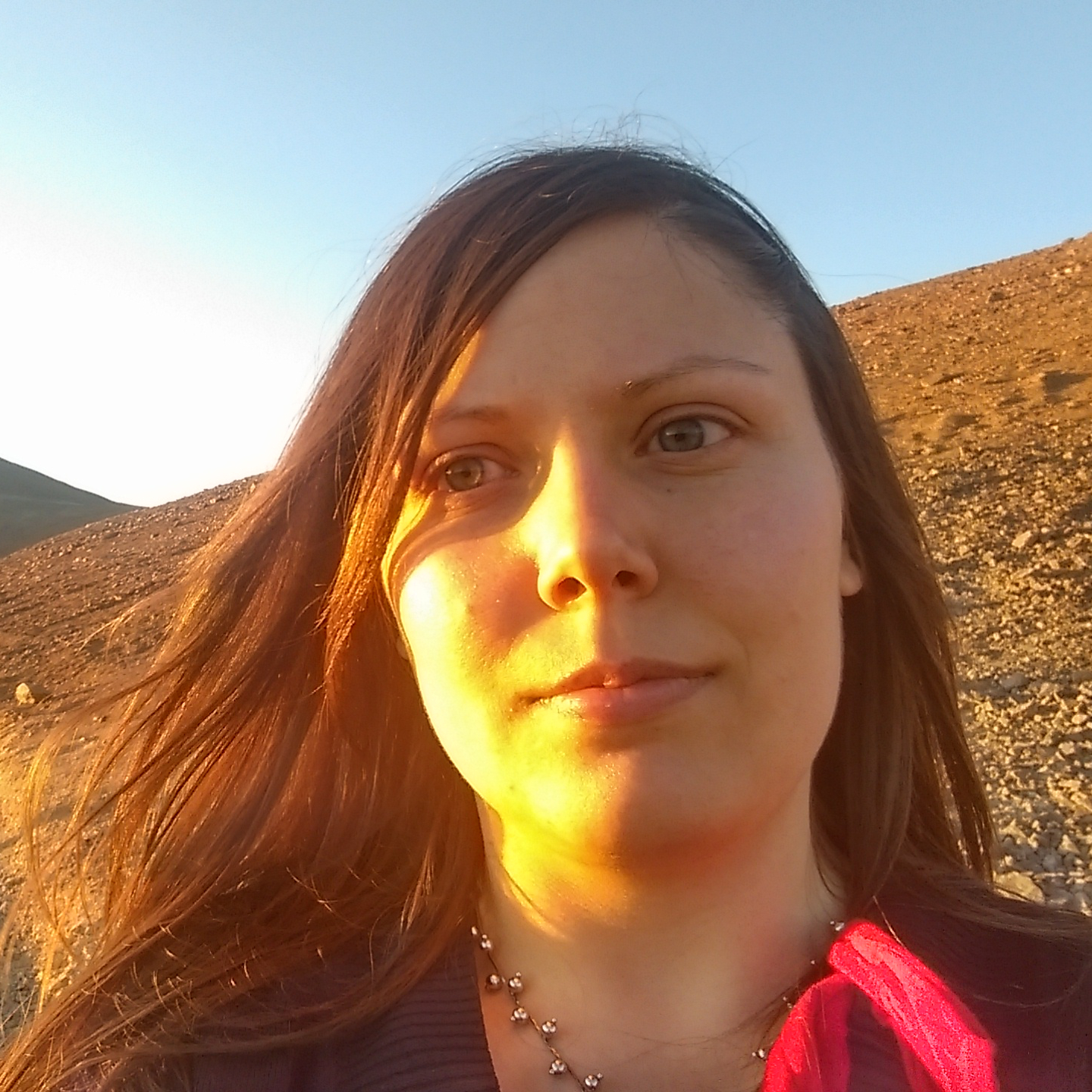
- Removed a total of (1) style float:left;
Lucie Riu

- Removed a total of (1) style float:left;
Victor See
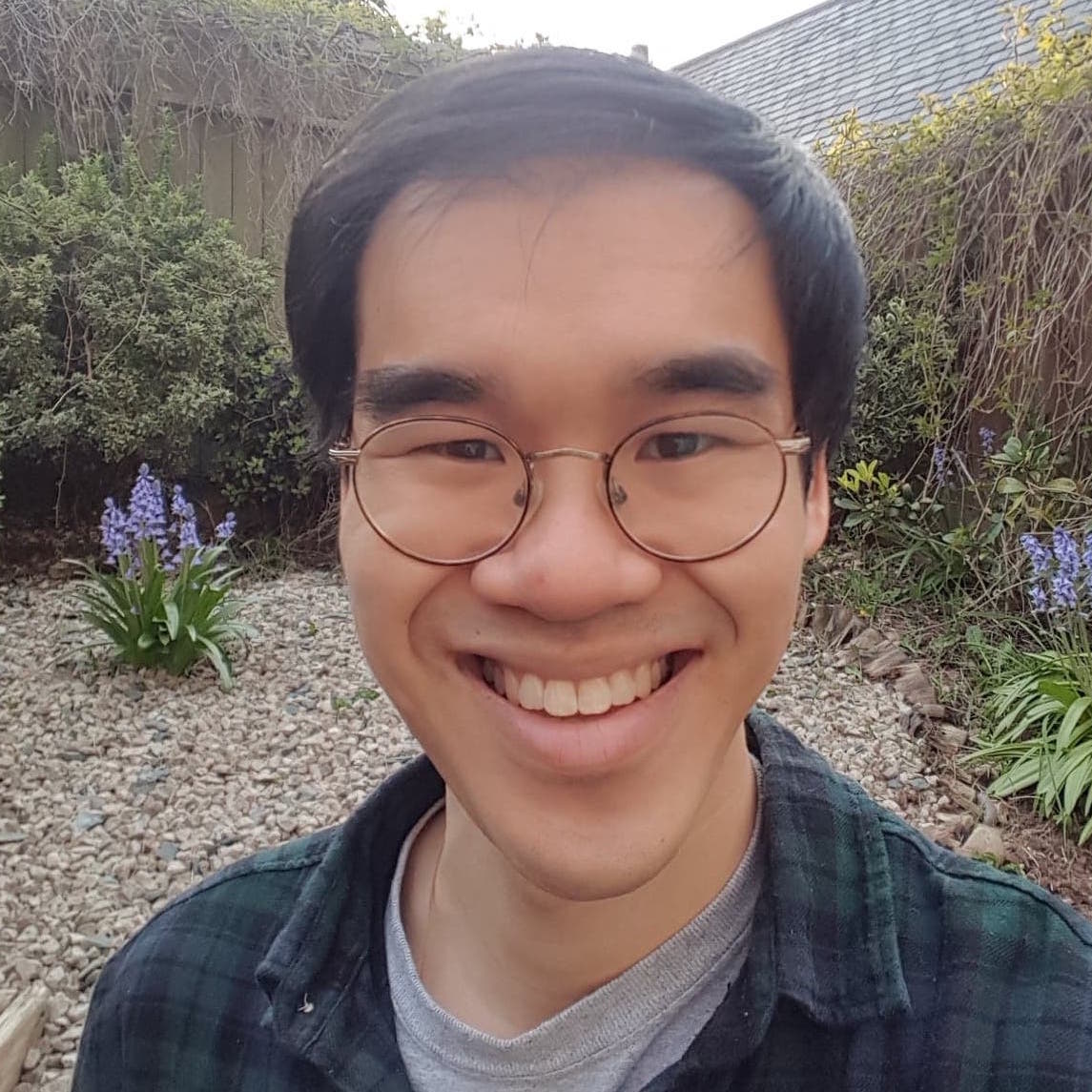
- Removed a total of (1) style float:left;
Jack Wright
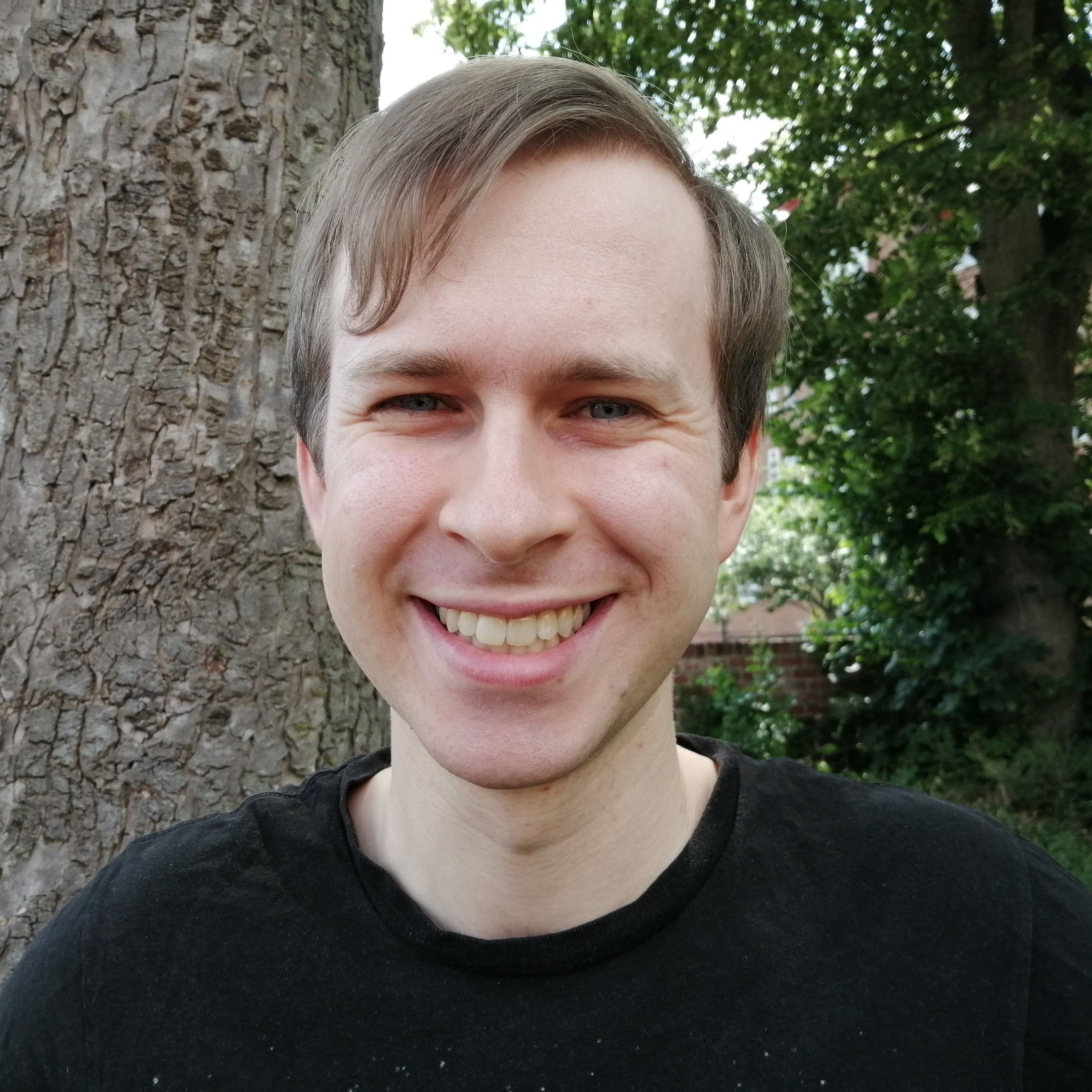
- Removed a total of (1) style float:left;
Further information: Research Fellowships in Space Sciences & Exploration | RF FAQ | RF contact form | All current RFs
Last modified: 30 August 2021
- Removed a total of (1) style text-align:center;
- Removed a total of (1) style text-align:right;








































 Sign in
Sign in
 Science & Technology
Science & Technology